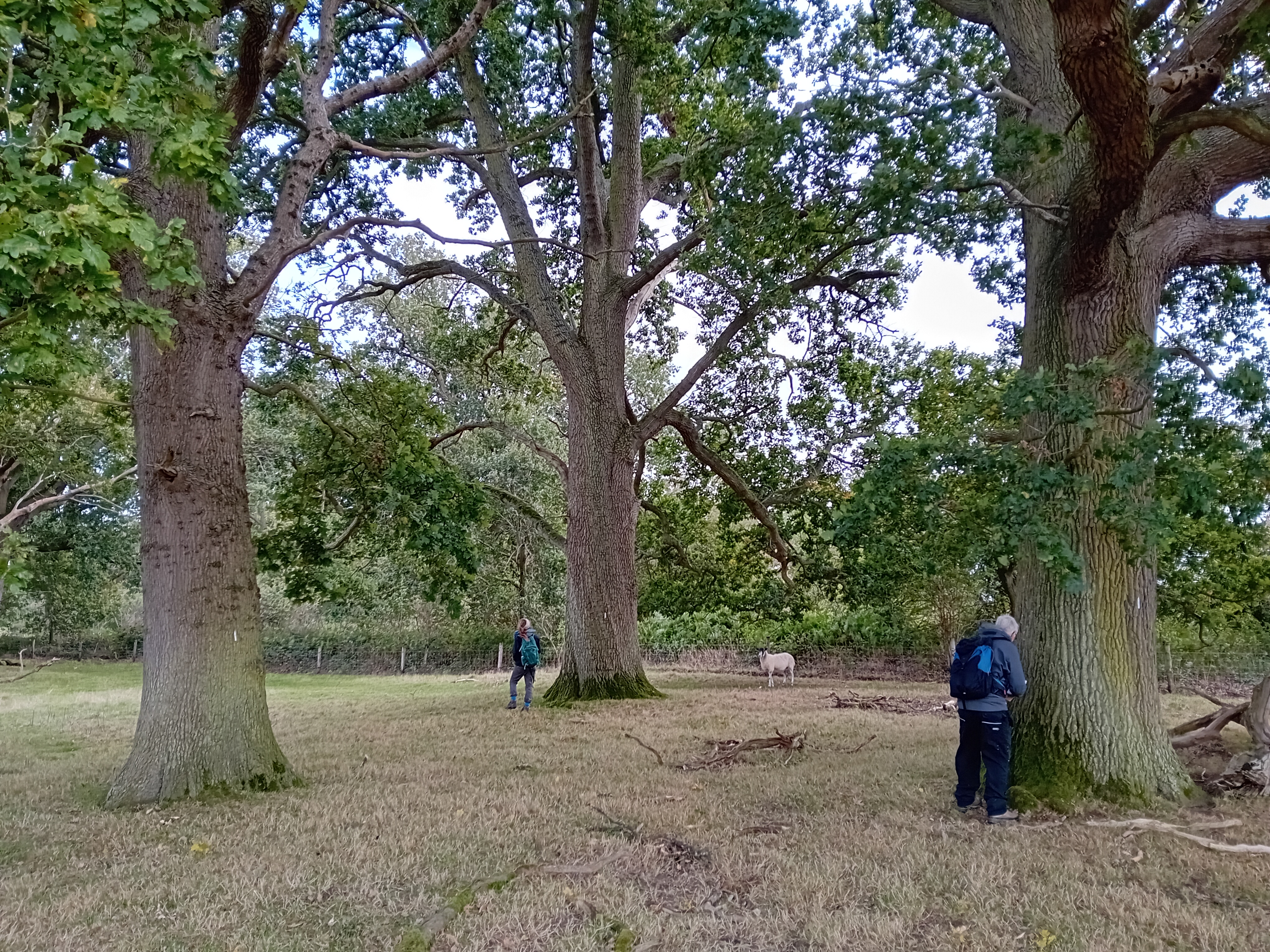URSS Project 2025
Understanding the impact of variations in the reliability of visual inspection on pest detection
Shrey Majithia (University of Warwick URSS: Undergraduate Research Support Scheme 10-week project student). Supervised by Matt Combes (Research Fellow in Stephen Parnell's pest and disease modelling group). This project worked with data that was generated in collaboration with Forest Research as part of a Defra funded FPPH project Quantifying visual surveillance in tree health.
Introduction to the project
Plant diseases have been on the rise due to several reasons including climate change and global plant trading. This is leading to crop yield losses, ecosystem damage, and incurs costs overtime. An estimated figure of up to 40% of crops globally could be eradicated each year, leading to impacts on food security and livelihoods. This highlights the need for effective plant disease detection, and therefore optimising survey regimens in a cost-effective, viable manner.Tr
This project aims to investigate how distributions of detection sensitivities (probability of correctly identifying a pest when present) for different pest symptoms (e.g. bleeds vs holes) impacts the effectiveness of pest detection across different surveyor groups (experts, trained volunteers, and untrained volunteers). By assessing the effectiveness of these groups under different survey regimens (tree sample size and survey frequency), the study aims provide insight into how a disease survey could be designed more effectively regarding groups with different levels of training/experience.
Investigating these distributions allows us to understand how citizen science can be used and integrated most effectively with professional surveys.

Methods
Using a model that simulates the spread of a pest across a landscape, we examined the effects of survey design (number of trees and survey intervals) on different surveyor groups. We compared their detection rates amongst 2 symptoms of different difficulties, bleeds (easy symptom) and holes (hard symptom).

Findings
We found that experts had typically first detected infections at a lower site prevalence than the volunteers. As expected, trained volunteers with experience typically detected the pest earlier than untrained volunteers with and without experience for holes (a harder symptom), whereas for bleeds (an easier symptom) they were frequently similar.
We found that survey design greatly impacted detection, where inspecting a higher number of trees and having more frequent surveys would cause the first detection day of infection to be reduced, with the experts gaining the most advantage from this for the harder symptoms.
Using untrained volunteers with no experience to detect harder symptoms led to outlier values, a feature not seen in volunteers with training or experience (unless inspecting trees infrequently). This suggests that training volunteers, or providing them with experience, stabilises the performance and detection abilities becomes more consistent and predictable.
Recommendations and implications
In application, this means surveys that rely on untrained volunteers should consider frequent surveys and larger sample sizes to optimize their findings. This highlights the importance of citizen science in detection of tree pests and diseases, as untrained volunteers can still provide use to finding outbreaks at an earlier prevalence. When symptoms are less obvious, investing in training is particularly beneficial.
Overall, our results provide guidance on how to optimally design survey regimes for pest detection using surveyors of different training and experience backgrounds - based on the spread of the case study pest. The results highlight the benefit of using citizen science in detecting pests, particularly when there increased survey frequency is possible, and larger amounts of trees are inspected. For surveys with critical implications with harder symptoms, experts should be hired as they are the most reliable, but untrained volunteers can sometimes reach a similar effectiveness to experts (depending on symptom difficulty) so mixed levels of skill could be deployed depending on budget and urgency.
